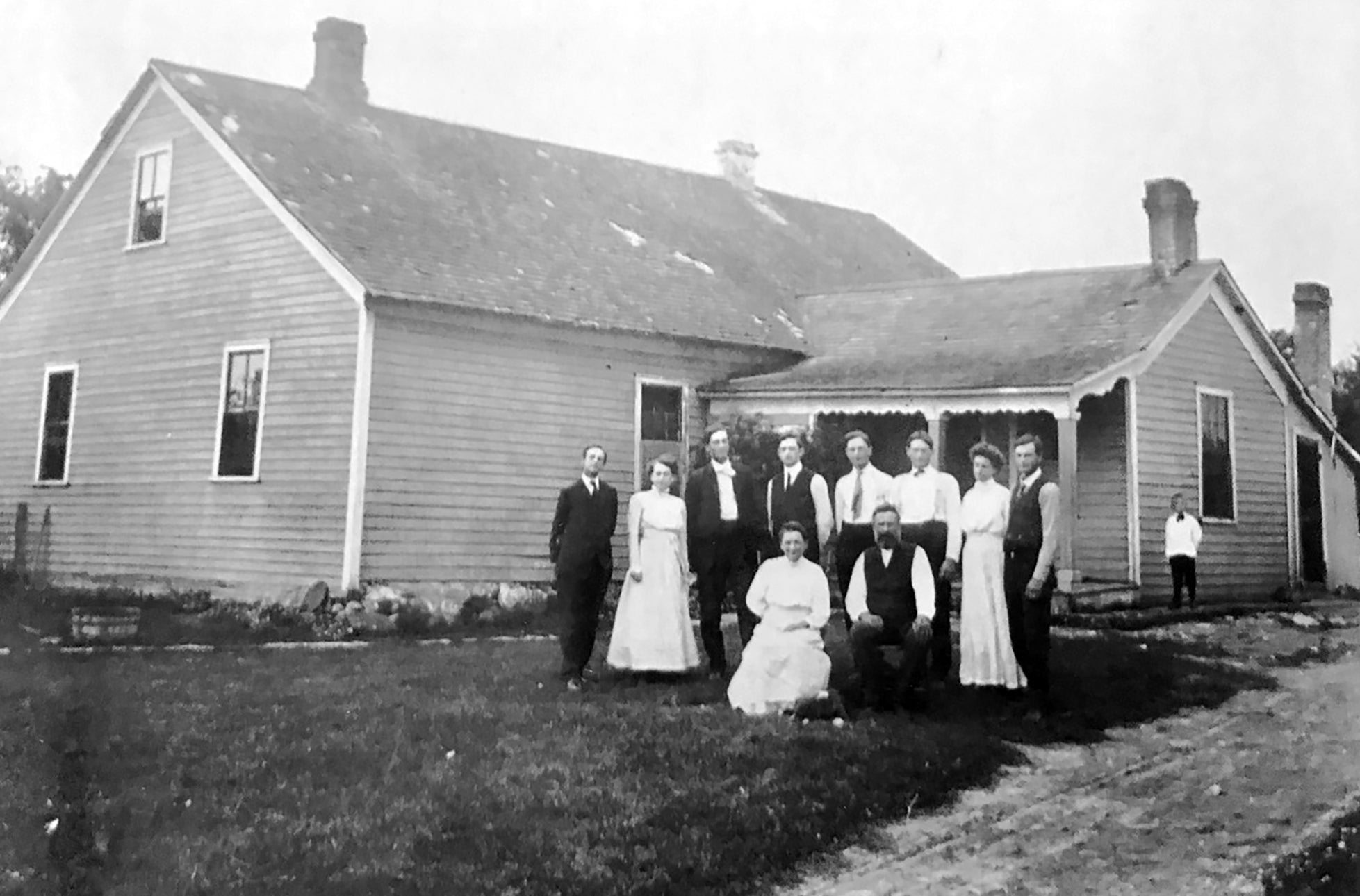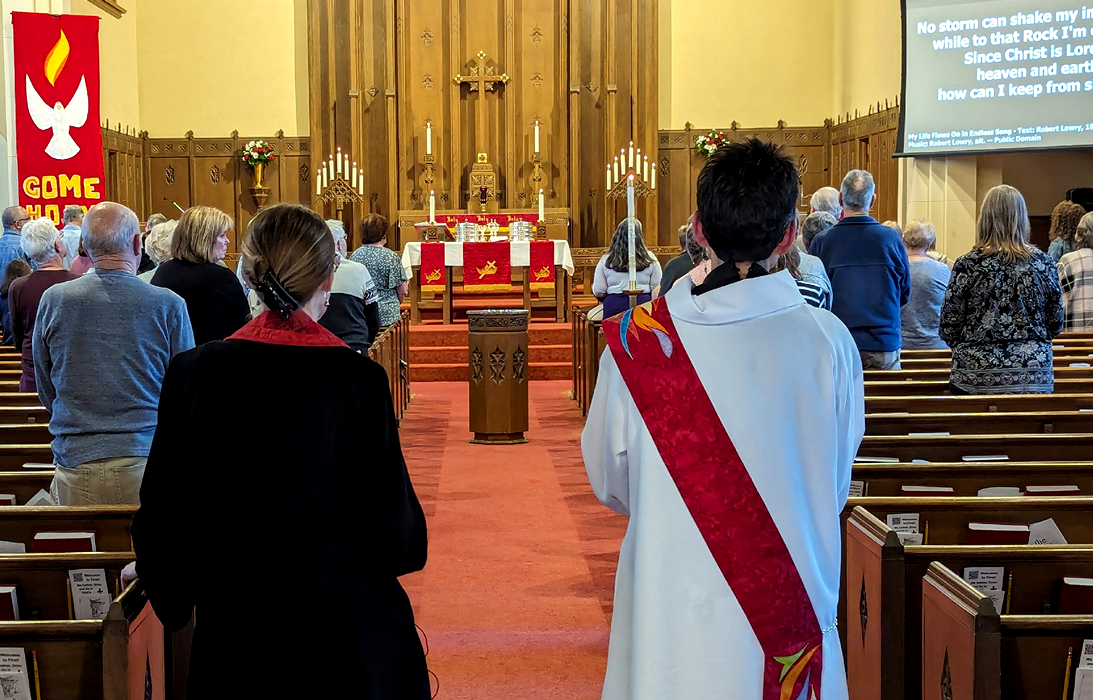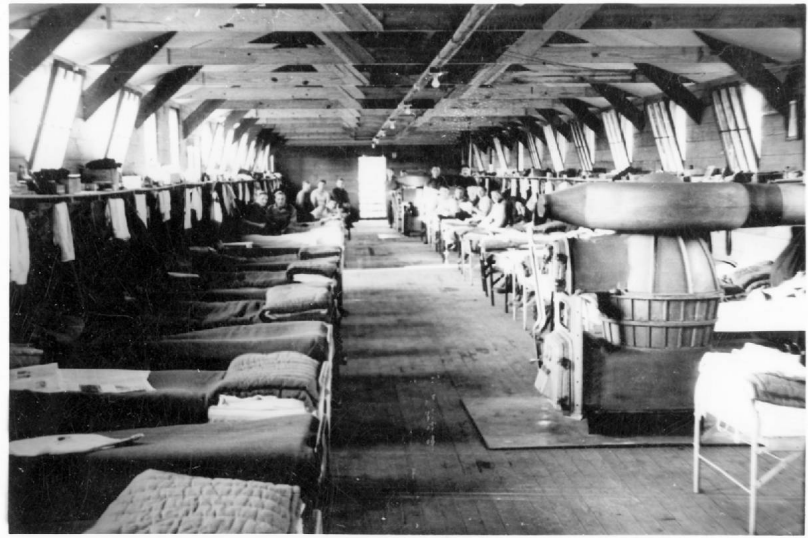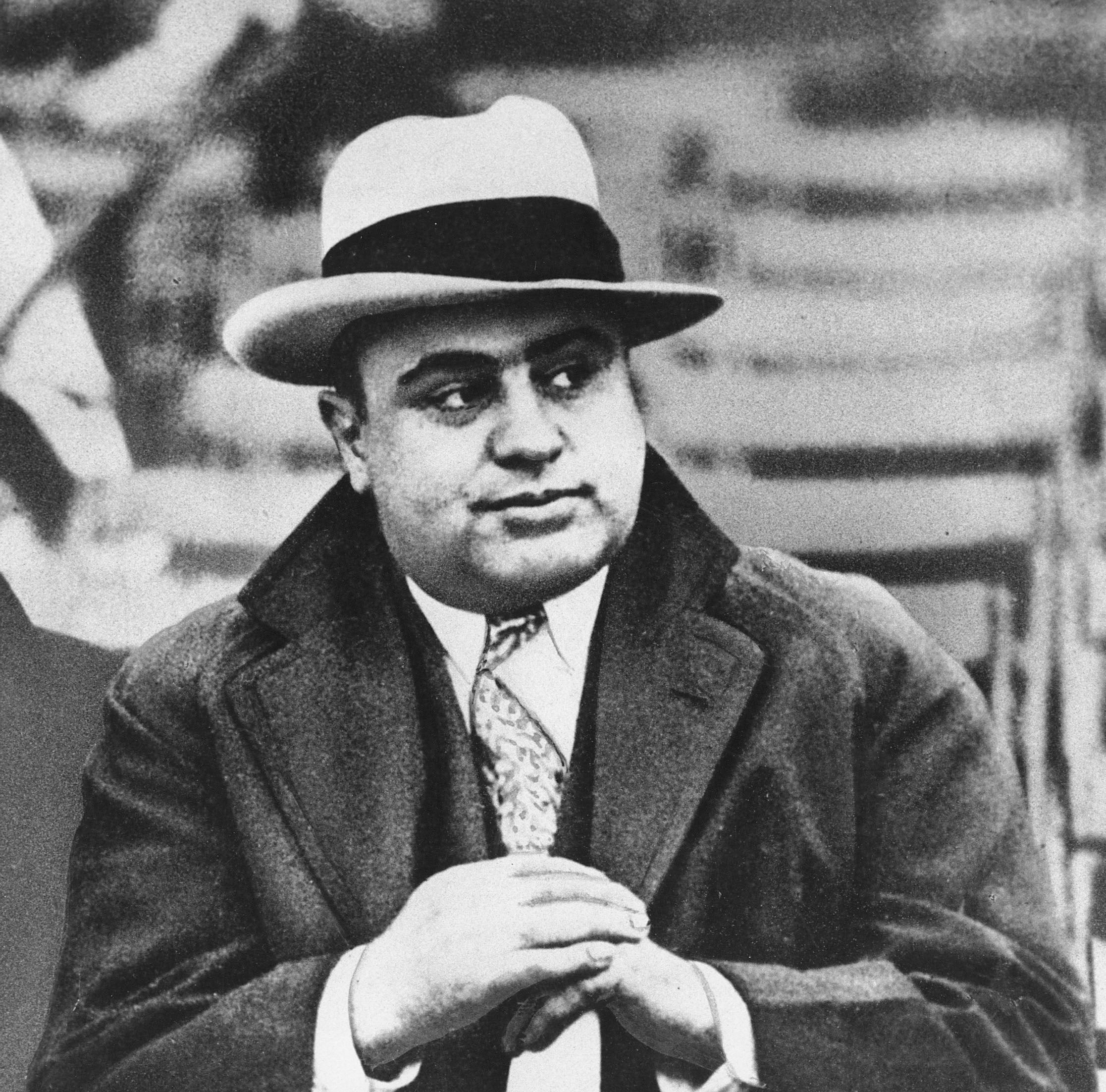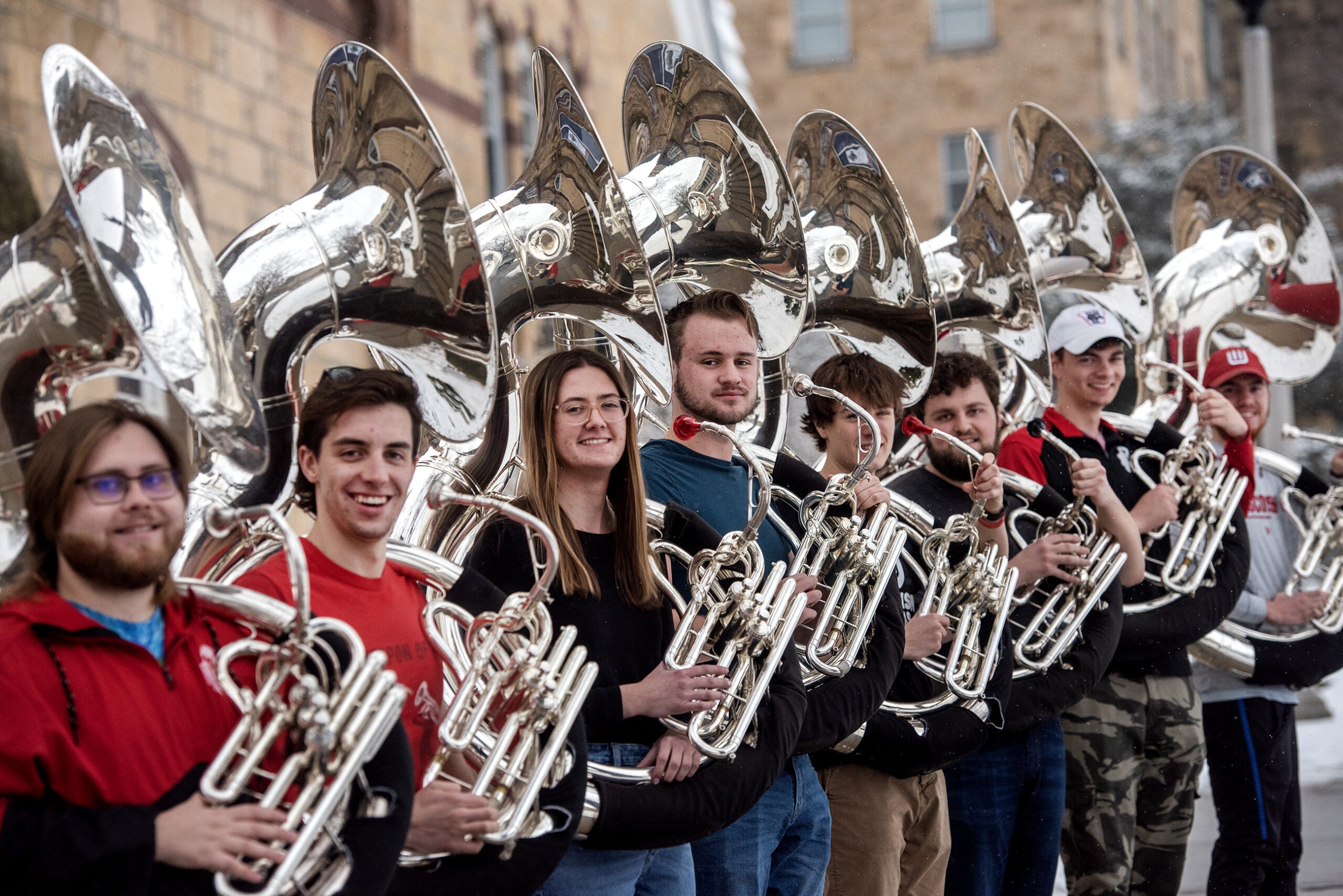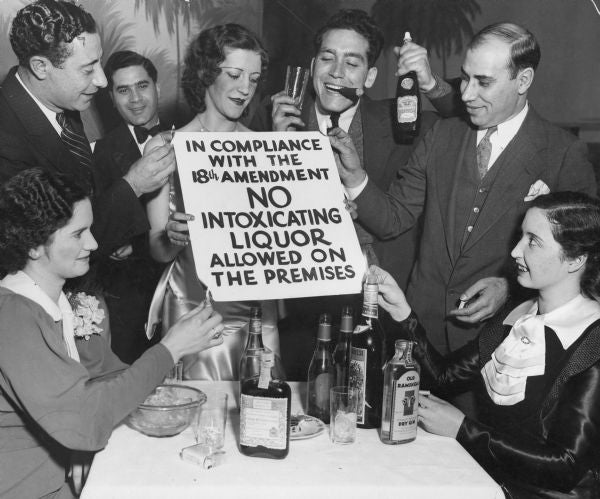Why is it that so many Germans found gemütlichkeit in Wisconsin?
That’s what Lois Hofmann, who has a summer home at White Ash Lake in Polk County, wanted to know. Her father’s side of her family emigrated from Bavaria to Wisconsin in the 1800s and her husband, Günter, emigrated from Munich in the 1960s.
So Wisconsin Public Radio’s WHYsconsin dug into the question. It turns out the answer goes beyond the state’s penchant for Midwest nice.
Stay informed on the latest news
Sign up for WPR’s email newsletter.
People from Germany, as well as ethnic Germans from places such as Bohemia or Prussia, weren’t merely looking for a friendly place to land during the late 1800s, when the biggest wave of German immigrants arrived in Wisconsin.
The main reason people of German ancestry continue to make up a large part of Wisconsin residents is economic opportunity — particularly the affordable farmland Wisconsin offered in the second half of the 19th century.
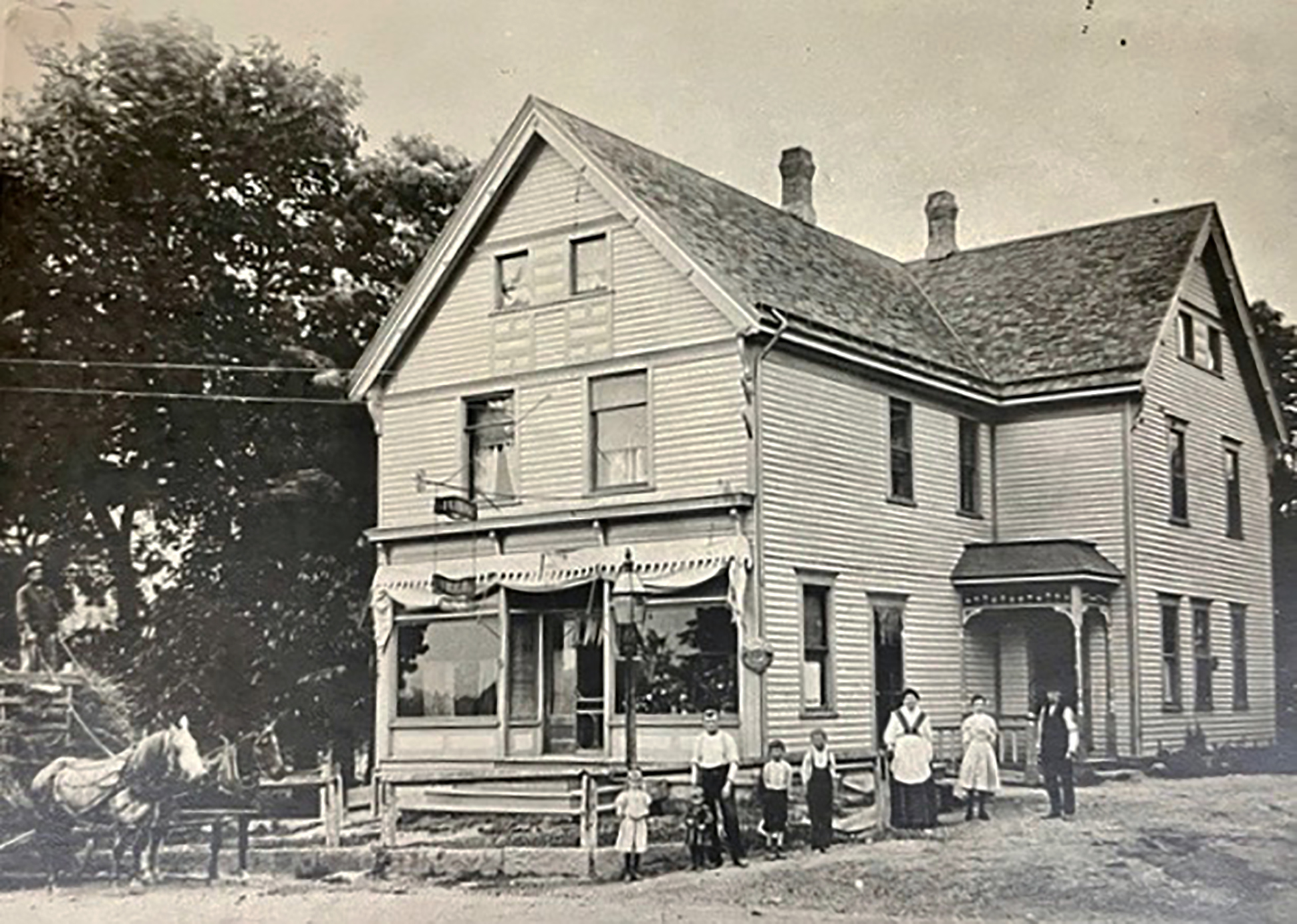
“There wasn’t this sort of magic attraction to Wisconsin that they would pass over Ohio or someplace like that,” said Mark Louden, director of the Max Kade Institute for German-American Studies at the University of Wisconsin-Madison. “At the time that they came, that was where the land was most available and least expensive.”
“Economic opportunity has always been the main force to attract Germans, and most other immigrants, to the United States,” he added.
By 1900, 34 percent of Wisconsin’s population was of German background. That’s according to “Germans in Wisconsin,” a book published in 2000 by the Wisconsin Historical Society.
Today, 40.5 percent of Wisconsin residents claim to be German-American. That’s second only to North Dakota (41.4 percent), according to the Max Kade Institute.
A 2021 estimate by the U.S. Census Bureau showed that of those who reported their ancestry, a majority have German heritage. Of the nearly 322 million U.S. residents, 80 million did not report an ancestry; the next largest number, 42 million, said they had German ancestry.
Louden said that in the second half of the 19th century, many Germans — unless they were the firstborn and inherited land — couldn’t afford to buy farmland.

The cover of a 1880s pamphlet, printed in German, advertising land for sale in Wisconsin. Image courtesy of the Wisconsin Historical Society and Wisconsin Historic Images
“It was just very, very difficult for a lot of people over there to raise the capital to purchase land that was often not widely available,” he said.
Another wave of immigration came after World War II, which devastated Germany. Many Germans came for industrial jobs in urban centers such as Milwaukee. Some had been POWs, held in camps such as Fort McCoy, and returned to the state after being sent home following the war. A total of 38 Wisconsin camps held 20,000 Nazi and Japanese prisoners of war during World War II, according to the book “Stalag Wisconsin.”
One German POW who returned to Wisconsin was the late Kurt Pechmann, who founded Pechmann Memorials in Madison in 1971. He found himself considered a traitor in his homeland “because he didn’t fight to the death,” said his son Gerhard “Gerry” Pechmann, the current company president.
While a prisoner, Kurt had worked on farms and at canning companies in Wisconsin. He returned to Wisconsin in 1952, sponsored by a Lodi farmer.
After the war, “Germany had nothing, there was no food, very few jobs,” Gerry Pechmann said. “He basically said, ‘America will accept me. I’m willing to work and America will accept me.’”
Other Germans were recruited for jobs, many on farms or in factories, in Wisconsin.
“The whole getting off the boat with a dime in your pocket at Ellis Island was never really true,” Louden said.
Word of mouth was also important.
“By far the most effective stimulus to German immigration was the unsolicited and unvarnished testimony of recently arrived settlers,” author Richard Zeitlin wrote in “Germans in Wisconsin.”
One example from the book: John Konrad Meidenbauer wrote to his sister in Germany in 1849 from his Waukesha County home: “You will next ask: Is it really good in America? … Yes, it is really good here … There are no dues, no titles here, no taxes … no police, no beggars.”
These “American letters” prompted clubs to form that would send emissaries to Wisconsin in search of land for future immigration, Zeitlin wrote.
There was also immigration to escape religious persecution.
In 1839, 20 families from Eastern Pomerania, which was then part of Prussia, founded what is now the unincorporated community of Freistadt in Ozaukee County. They immigrated because of the Prussian Union of Churches, the result of decrees by King Friedrich Wilhelm III that forced Lutheran and Reformed churches in Prussia to merge, Louden said.
Upon arriving in Wisconsin, women and children stayed in a warehouse in Milwaukee until the men built cabins in Freistadt, said Terry Schoessow, co-president of the Trinity Historical Society in Freistadt. Schoessow currently lives on one of the first settled properties there.
One of the settlers, Heinrich von Rohr, “had to carry 80 pounds of flour and other supplies by himself to keep from going hungry at Christmas,” according to the historical society. “In addition, he, like many others who had no money, had to sell all sorts of valuable items, or even clothing. Many also had to buy everything on credit. And still, we hear that all were happy around the Christmas tree, and the first Lutheran hymns of the Savior’s birth sounded in the forests of Wisconsin.”
The great-great-grandfathers of Schoessow’s husband, Tim Schoessow, scouted the land along with von Rohr. Terry Schoesow still marvels at the conviction of the first settlers.
“Knowing that you would most likely not see your family again,” she said, “They were definitely strong beliefs.”
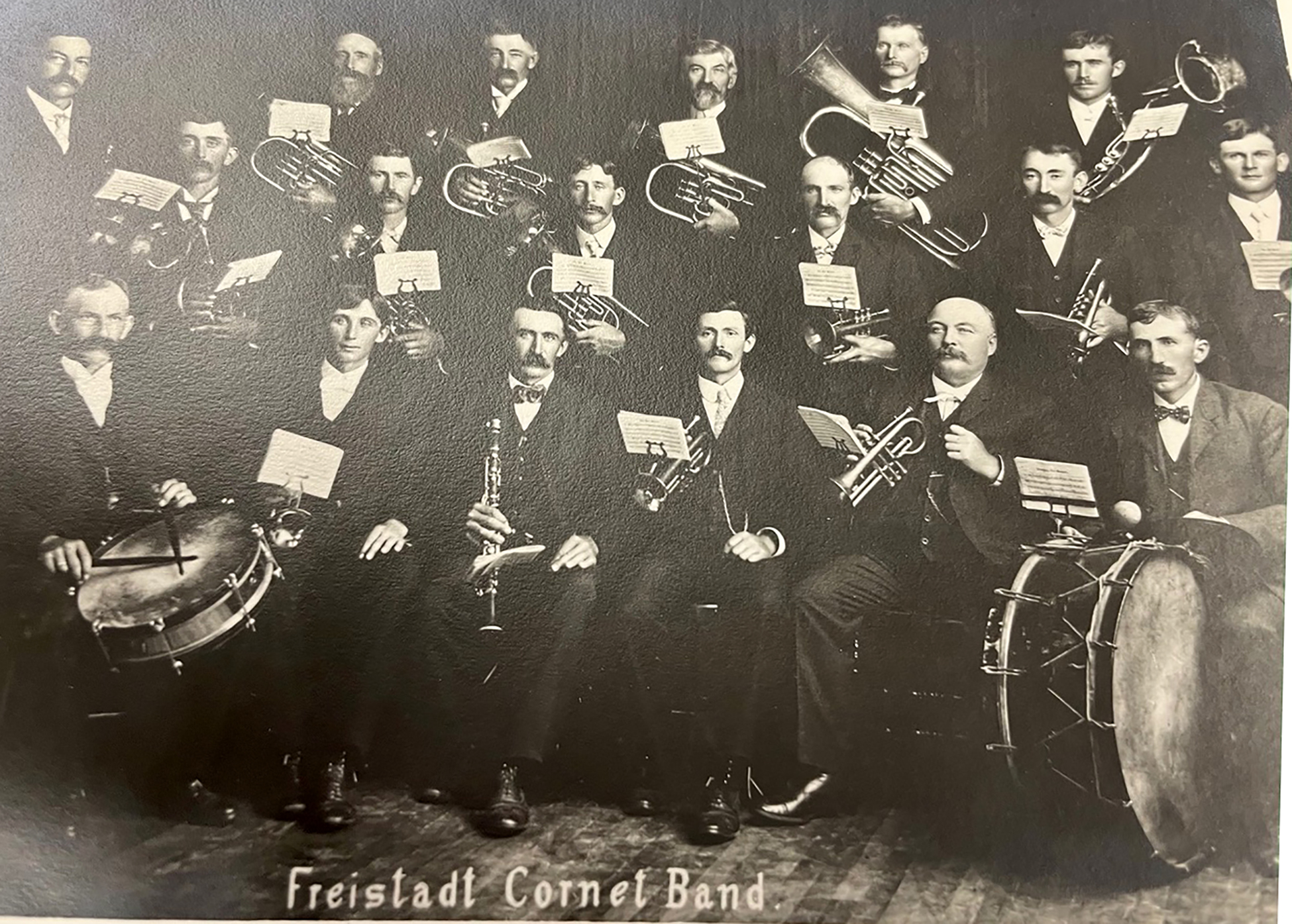
This story was inspired by a question shared with WHYsconsin. Submit your question below or at wpr.org/WHYsconsin and we might answer it.
Milwaukee journalist Tom Kertscher was a 35-year newspaper reporter, finishing that career at the Milwaukee Journal Sentinel. Now a national freelance writer, he is a contributing writer for PolitiFact, a sports reporter for The Associated Press and a contributor to other publications. His reporting on Steven Avery was featured in Making a Murderer. Kertscher is the author of sports books on Brett Favre and Al McGuire. Follow him on Twitter at @KertscherNews and on LinkedIn.

